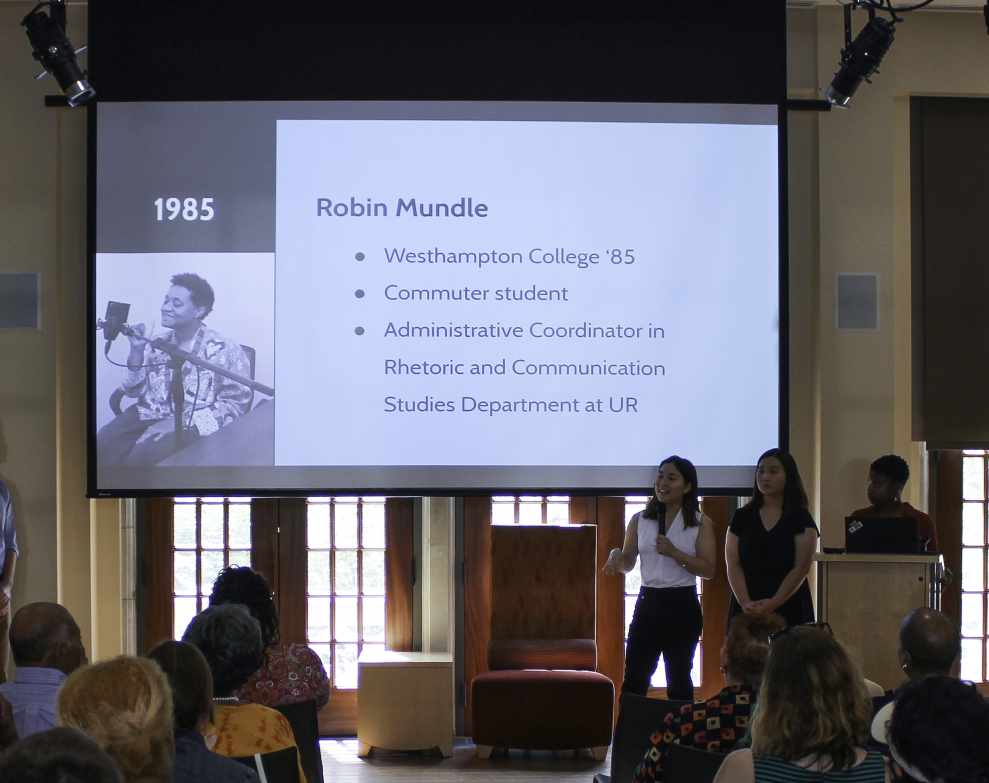by Jenifer Yi
Jenifer Yi is a sophomore from Santa Clarita, California majoring in Biochemistry with a concentration in Neuroscience and a minor in Healthcare Studies. She has been involved with the Race & Racism Project since 2018 and hopes to diversify the conversation and inclusion of all students of color at the University of Richmond. On campus, she is a part of the leadership board for the Asian American Student Union. Through her contributions to the project, she wants to push for campus-wide racial awareness. In the future, she hopes to pursue a career in medicine while continuing to advocate and raise awareness for healthcare access for minorities.
 Setting up recording equipment, not quite sure how high to raise the microphone; nervously re-reading your list of questions; waiting to talk to a person you have never seen in real life – this is what it is like to conduct an oral history. You do not know where the conversation will wander, even if you prepare a list of questions or have a direction in mind for the conversation. Looking back on my reflections on how I thought interviews would pan out, I have learned a lot since then. Previously, I had nothing but my imagination, the Collegian, and ancient yearbook pages to base my expectations on.
Setting up recording equipment, not quite sure how high to raise the microphone; nervously re-reading your list of questions; waiting to talk to a person you have never seen in real life – this is what it is like to conduct an oral history. You do not know where the conversation will wander, even if you prepare a list of questions or have a direction in mind for the conversation. Looking back on my reflections on how I thought interviews would pan out, I have learned a lot since then. Previously, I had nothing but my imagination, the Collegian, and ancient yearbook pages to base my expectations on.


